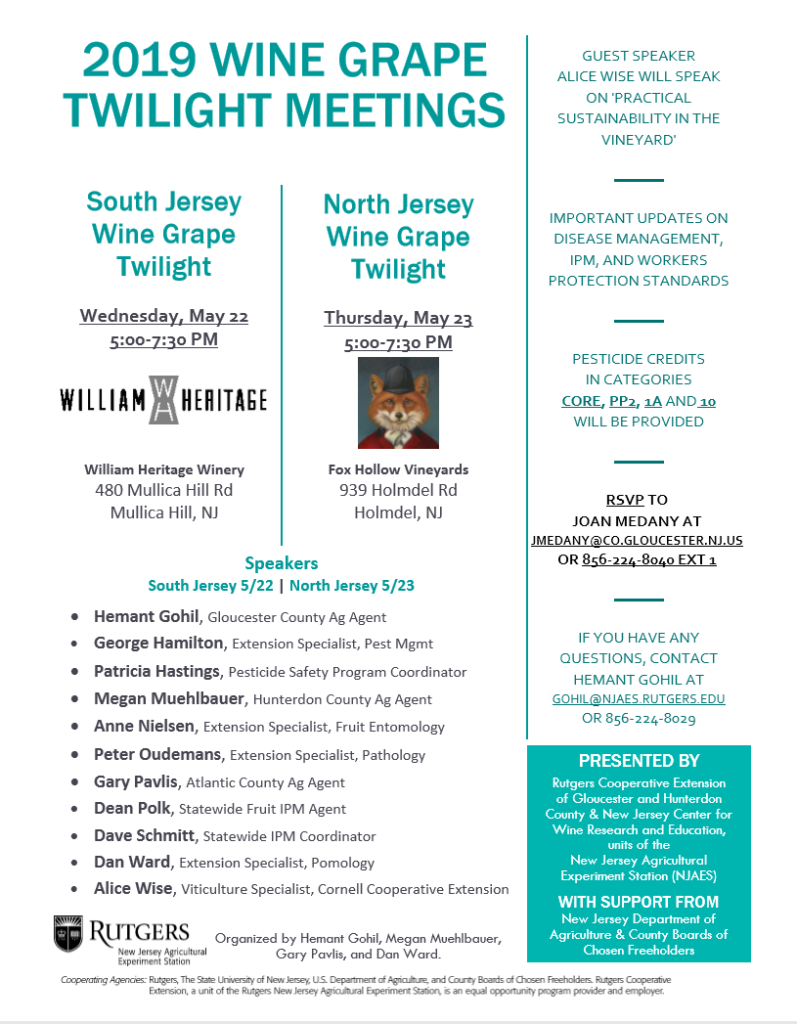Peach:
Oriental Fruit Moth: Second generation timings are updated below. Second flight adults are still flying statewide. Treatments for the second generation have just finished in southern counties, and are going on now in northern counties. [Read more…]

